We're down to the last few days of our holiday. It's been a whirlwind of sights and experiences. These last two full days will have us visiting Asakusa, the National Museum again, and Shinjuku. We saw some of these areas briefly in transit and it was time to visit other places.
May 16, 2025 FRIDAY ASAKUSA
It was time to get on the Ginza Line to head to Asakusa for us. The train line is only a block away, so it is very convenient from our hotel in the Yaesu area just east of Tokyo Station and north of Ginza.
 |
| I love the bright yellowy gold colour of the Ginza line trains. Looks classy. |
 |
| It was Friday morning around 9 AM. The northbound Ginza Line train was remarkably empty! The interior looks classy, like their old trains with gold rails, faux wood panelling, decorative wall lamps, and green velvet type seats. |
Our first stop of the day would be a visit to Imado Jinja, north east of Sensoji Temple. You can walk through the streets of the area to get there but we opted to walk as far as we could along the bank of the Sumida River that offers views of river craft and the Skytree. The walk is along a developed park and path area with many viewpoints and even a cafe. Surprisingly there were themed Pokestops in the area for Pokemon Go that featured Edo era art and various Pokemon! You just can't get away from Pokemon - these stops are in augmented reality inside the game where you can see them.
 |
| The Sumida and Skytree. |
 |
| One of the many lookouts and information plaques relating to old EDO prints of a particular area. It is full of history. |
 |
| Front entrance to Imado Jinja. |
Imado Jinja, nestled in Tokyo’s Asakusa district, is known as a matchmaking shrine and a spiritual home of the maneki-neko, or beckoning cat. Visitors—especially couples and those seeking love—flock here to pray for romantic success, inspired by the enshrined deities Izanagi and Izanami, the mythological first married couple of Japan. The shrine is also a magnet for cat lovers and collectors of maneki-neko figurines, which are believed to bring good fortune. These iconic cats, often seen with one paw raised, are sold at the shrine.
We came to the shrine as we missed putting up a figure at what I consider the main "cat shrine" at Gotokuji as the temple office was closed when we arrived late in the afternoon. At this shrine you can also pray for your cats and we wished to get an omamori charm for our cat for safety, especially road safety. Our cat gets supervised outside time, but she can jump a fence in no time flat if she desires and she hangs out on the roof of our garage for the view too. She doesn't wander far, but we track her down quickly with an air tag or by watching the prisoner go over the wall!
This shrine has a long history, too. Imado Jinja began as Imado Hachiman Jinja, dedicated to Hachiman, the god of war. It was established after the samurai Minamoto no Yoshiie visited the area in 1063 and 1081 to give thanks for his battlefield victories. In 1937, the shrine merged with a neighboring one and was renamed Imado Jinja. Its spiritual focus shifted from martial valor to domestic harmony and prosperity, aligning with its new deities: Izanagi, Izanami, Fukurokuju (god of happiness and longevity), and the deified Emperor Ojin.
The region around the shrine's was once a hub for pottery, giving rise to Imado-yaki ceramics. According to legend, the first maneki-neko was created here in the 19th century by a poor woman who dreamed her cat told her to make figurines in its image to bring fortune. The figurines became wildly popular, and the woman’s fortunes turned around.
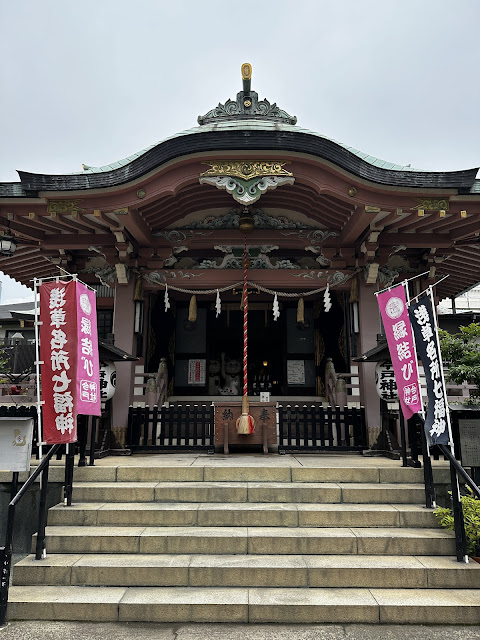 |
| The honden - main shrine building. |
 |
| The lucky cats in an annex off to the side of the honden. |
 |
A loving pair of cats. The inscriptions talk about the beckoning cat, continuing to be loved, born in Imado, and Edo is Asakusa.
|
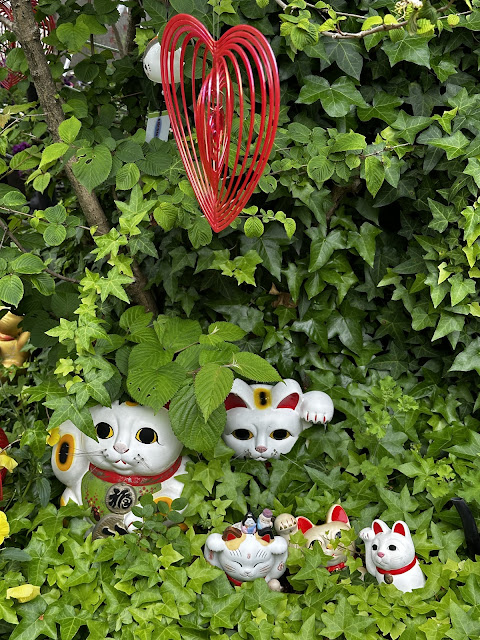 |
| Maneki-neko figures in the garden - there are a lot of them!!! |
 |
| More maneki-neko in the garden. |
 |
| Ema - prayer plaques at the shrine. |
Our visit to this shrine was brief and then we headed to Sensoji. I knew the Sanjo Matsuri started today, but the scale was much larger than the other festival we went to for the fairground atmosphere! Sensoji is always crowded with domestic and foreign tourists and having the festival there made it even busier!
 |
| A small park on the way to Sensoji. I should title this The Road to Sensoji! |
 |
| We walked through a number residential and commercial streets to get to Sensoji. Here. you can see mikoshi (portable shrines) being loaded from a storage site to be used in the Sanja matsuri. |
The Sanja Matsuri is known as Tokyo’s wildest celebration of spirit and tradition. It is held annually on the third weekend of May in Tokyo’s historic Asakusa district. The name of the festival means “Three Shrine Festival” and is one of Japan’s most vibrant and boisterous Shinto festivals. It honours the three founders of Sensōji Temple—Hinokuma Hamanari, Hinokuma Takenari, and Hajino Nakatomo—who are enshrined at Asakusa Shrine. The origins of the festival trace back to the 7th century, with its current form solidified during the Edo period in 1649.
The festival draws up to two million people over three days to the shrine. It features over 100 mikoshi (portable shrines) parading through the streets, often carried by participants in a display of strength and fervor that borders on “mikoshi jousting.” The event blends Shinto and Buddhist traditions, reflecting its unique heritage. Sensoji is the temple which most people see at the end of the Nakamise Dori shopping street. Bordering this temple (Buddhist) on its east side is the Asakusa Shrine (Shinto).
Festival events would begin at noon with local mikoshi begin their parade from Asakusa Shrine. At 13:00, a grand procession of dancers and traditional floats winds through the neigbourhood, including Nakamise Street, passing landmarks like Sensōji Temple and Asakusa Station. At 14:20, a celebratory dance is performed at Asakusa Shrine to mark the procession’s arrival.
It was extremely crowded here and we had already seen the Kanda Matsuri so we would skip this festival other than in the morning.
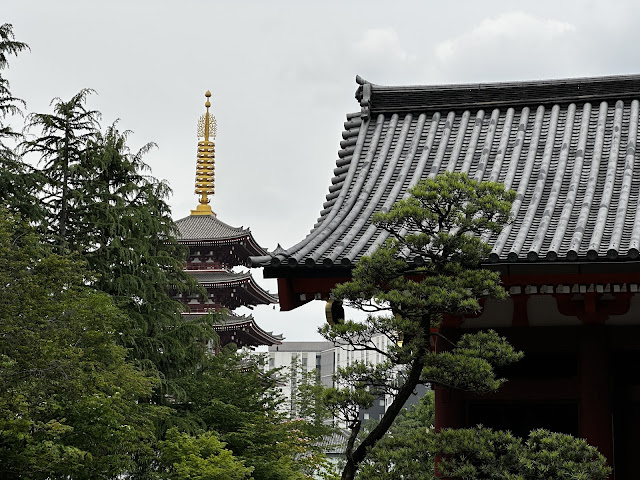 |
Sensoji's five story pagoda peaking up.
|
 |
| The big lantern at the Thunder Gate entrance to Nakamise Dori (the shopping street) is raised for this even so the mikoshi can pass through. This is a big heavy lantern. |
 |
| The crowds on Nakamise Dori. It was so crowded as in wall to wall people for the most part, it was hard to move so we opted out since we had already seen this area on previous trips and had been to the Kanda Matsuri. |
 |
| It was very festive and very crowded around the temple and shrine. |
 |
| The main temple building. |
 |
| The five story pagoda. |
 |
| It is a a neat sight to see. |
The paths and streets around the shrine on the west and to the east of the temple were full of vendor booths for games and food. It is a big festival and people were already enjoying it before the mikoshi parades.
 |
| Goldfish scooping and balloon bobbing games. |
 |
| Takoyaki booths and karaage (fried chicken) on a stick. |
 |
| We went looking for a taiyaki stand that used to be there and found it had closed. There are several other stands in the area west of Nakamise Dori. The one pictured here was very good. |
After our visit to Sensoji we would head to Ueno to visit the National Museum in detail. BTW, I don't draw fortunes at Sensoji as I got the really bad luck fortune once and even when the fortune was mitigated by tying it off, my later misfortune could have killed me! So I don't tempt the gods any more.
At nearby Ueno - by train of course - we tried to eat at the Ichiran at Ueno Station and saw a 40 minute lineup. In that same little cluster of ramen shops there, the lineup for Rokurinsha was less than 10 minutes. Rokurinsha is synonymous with tsukemen (dipping noodles) ultra-thick soup and thick noodles to dip in it. It is a type of ramen that has long lines for the Tokyo Station location and it is a type of ramen that some people rave about. It is very flavourful and tasty, messier than regular ramen, but I don't prefer it over regular soup ramen.
 |
| Rokurinsha menu. |
 |
| Super thick noodle dipped in steaming hot thick soup. |
 |
| A Dogu figure. They even come as bug-eyed or goggled eye figures. Very cool. |
 |
| Haniwa clay figures. These are found at funerary sites. |
 |
| I always looked forward to seeing the famous Dancing Haniwa statues. They are famous, but I found out they are no longer on display at the museum. I understand their condition had deteriorated over time and they are now only in special exhibitions. You will need to luck out or look in the gift shop. The famous bug-eyed dogu wasn't on display either. |
 |
| Dogu that I haven't seen before. |
 |
| Various heads and clay works. |
 |
| Cool rope-like pottery. |
 |
| A large folding screen. |
 |
| Samurai Armour and weapons gallery. |
 |
| Very famous Buddhist guardian statues at the museum. |
It was the end of another very long day after the museum. We did a tiny bit of shopping in the Atre portion of Ueno station and then headed back to Tokyo Station. Here, we went to the KITTE building which is where the main post office is too. The roof of this mall has a garden where you can view all of the trains passing through Tokyo Station, including the bullet trains heading south. You can see the ends of the parked northbound trains, but can see them roll out.
 |
| Shinkansen at Tokyo Station. |
Tonight we would eat in the Yaesu mall connect underground to the east side of Tokyo Station and have curry. We also shopped and bought some souvenirs for our cat from a small pet shop in the mall.
 |
A coffee shop display in Yaesu Underground Mall.
|
 |
| We had a curry pork cutlet dinner tonight at a very good curry restaurant called Grill Swiss. |
We pass through the Yaesu Underground Mall a fair bit going to and from Tokyo Station. In the mall as a place called Tokyo Curry Quartet. These are all good curry restaurants serving different kinds of curry. We opted for Grill Swiss (don't let the name fool you). We had the house special curry a tonkatsu with a lively and flavourful curry sauce that was just excellent. After this is was back to the hotel to rest with a customary stop at either 7-11 or Familymart.
Part 1 Shibuya, Kanda Festival, Azabudai Hills (Teamlab), Akihabara, Ueno
Part 2 Day Trip to Mount Takao, Tengu, and Gotokuji Temple
Part 3 Enoshima Day Trip and Odaiba Gundam
Part 4 Roppongi, Omotesando, Harajuku, Meiji Shrine, Shibuya
Part 5 Ikebukuro, Gashapon Store, Animate Flagship, Tokyo Station Character Street
Part 6 Asakusa and Ueno National Museum
Part 7 Artizon Musem, Shinjuku, and Godzilla
Special - Catching Wigglet At Odaiba Beach in Tokyo Bay
More Travelogues






































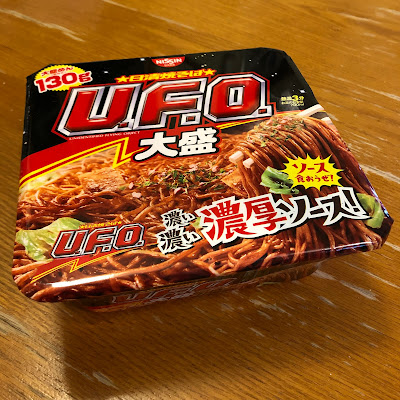

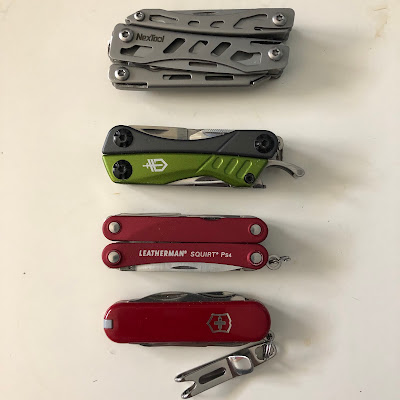



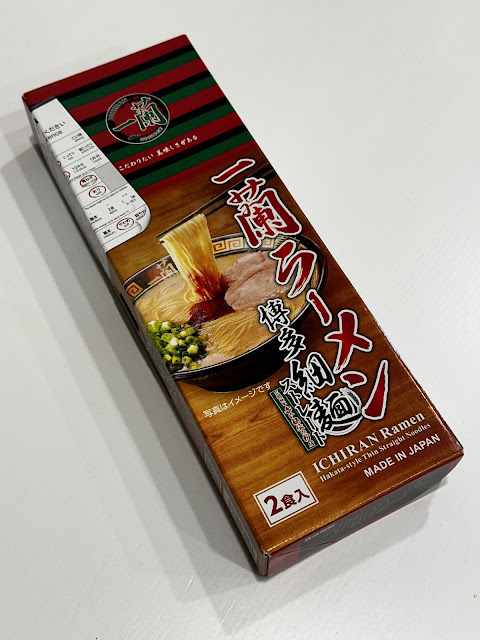



Comments
Post a Comment